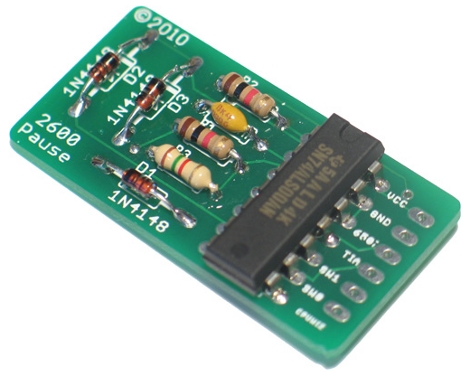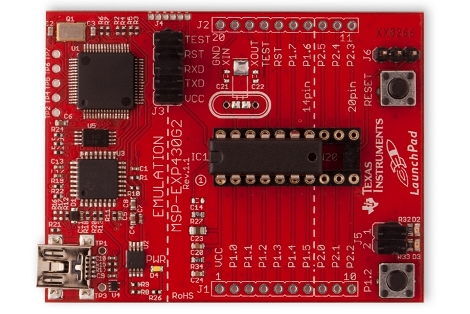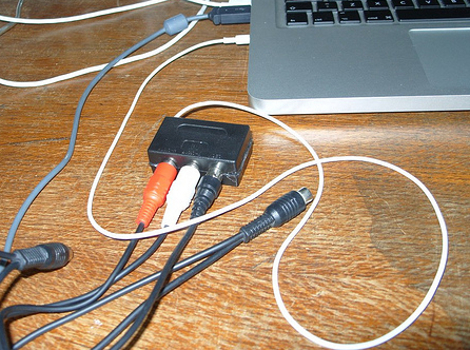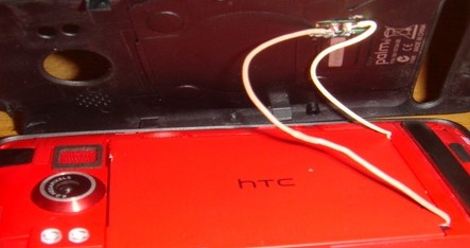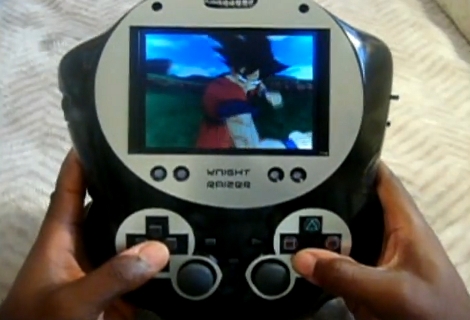
[Raizer04] just completed his PlayStation 2 portable build. He feels that the PS2 hardware has much more to offer than the PSP and that’s why he chose to cram the PS2 slim hardware into a portable case. He started with an electronic toy to serve as a case donor and used bondo to form openings for the controller, speakers, lights, and screen. A beautiful paint job and some metal work resulted in the pleasant finish seen above. On the back you’ll find a lighted case fan, hard drive, and USB port. There’s no optical drive as games are loaded from a thumb drive. Take a look at the demo video after the break, but do yourself a favor and turn your sound all the way down first.
If this doesn’t quench your thirst for portable console projects you might also take a look at this N64 build.
Continue reading “PlayStation 2 Portable” →
